Edge-of-field solutions for phosphorus, nitrogen and sediment
If you are a landowner and you have identified that a particular contaminant is of concern on your land, browse through the page to discover what edge-of-field mitigation solutions are available.
For ‘in-field’ mitigations please refer to the links at the bottom of the page.
Phosphorus & sediment solutions
Phosphorus and sediment loss into NZ waterways is a problem that affects not only the quality of water, but also aquatic ecosystems as well as causing changes in stream beds, aquatic damage and the potential for sediment to carry other pollutants into nearby waterways. Explore how edge-of-field mitigation technologies below can help reduce the sediment load going into waterways.
Constructed wetlands
An artificially created wetland is an area where the flow of drainage and/or runoff is slowed, and so the soil is very wet and there is often ponding. Plants growing in wetlands need to be tolerant of these conditions. Wetlands can be either natural i.e. they have developed naturally, or they can be purpose built or constructed. During this time of relatively slow movement of drainage and runoff through the wetland, contaminants are removed from the water.
The plants will uptake nutrients in the water such as nitrate and inorganic phosphorus, the wet conditions will encourage denitrification (the conversion of nitrate to dinitrogen gas), the larger sediments will settle, and the finer sediments are likely to be trapped on biofilms that form on the litter and plants under water. Therefore, wetlands can effectively improve water quality as it leaves the farm and before it arrives in streams and rivers. A constructed wetland is often the best edge-of-field mitigation where there are large volumes of drainage and/or runoff with smaller concentrations of contaminants.
Detainment bunds
A Detainment Bund PS120© is a special type of sediment trap to temporarily detain stormwater runoff from pasture lands. It intercepts stormwater run-off by briefly ponding it on pasture to reduce significant amounts of sediment, phosphorus, and pathogens. Runoff ponding is achieved by constructing low earth bunds across valley floors where water flows during high-intensity rain storm events. Water ponding is controlled by a flow structure and a spill way in case of a very high runoff event. Pasture growth in the ponding area is not compromised due to temporary storage and then release of the ponded water.
Controlled drainage
Controlled (managed) drainage practice aims to design and implement flexibility in operation of artificial constructed surface and sub-surface drainage systems. This is achieved by a drain flow control device at the drain’s outlet. Controlling (managing) the drain flows during spring and summer periods could potentially reduce the amount of drainage water and reduce its associated nutrient losses from drained farm paddocks to waterways.
Woodchip bioreactors
A woodchip bioreactor utilises naturally existing soil-denitrifying bacteria to break down water-soluble nitrate (a critical water contaminant) into gaseous forms of nitrogen released into the atmosphere. Woodchips provide a carbon substrate for soil bacteria to denitrify nitrate in drainage water passing through the bioreactor. They are easy to build, require low maintenance, and last 10-15 years before the woodchips need to be replaced to maintain their effectiveness.
Nitrogen solutions
Nitrogen loss into NZ waterways can promote algal blooms, reduced oxygen levels in streams and rivers and can harm aquatic life. It is often attributed to intensive farming practices. Below are a list of edge-of-field technologies that help to reduce nitrate levels before the contaminated water is returned to the main waterway.
Drainage water recycling
In most areas of New Zealand, there is surplus rainfall, and associated drainage and/or runoff, during the winter and spring seasons. This drainage contains nutrients which are, therefore, lost from the farm and will contaminate the receiving water body. In contrast, most of New Zealand’s farms are constrained by soil water deficits that develop over summer and autumn. So just as farmers can harvest excess pasture in spring, store it and feed it to animals at times of slow pasture growth, farmers with artificial drainage or channels that collect large amounts of runoff can capture this water, store it and then irrigate it during dry periods.




















